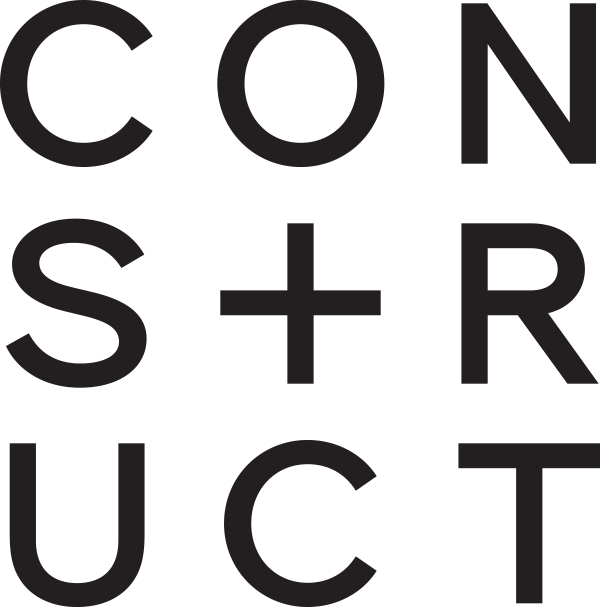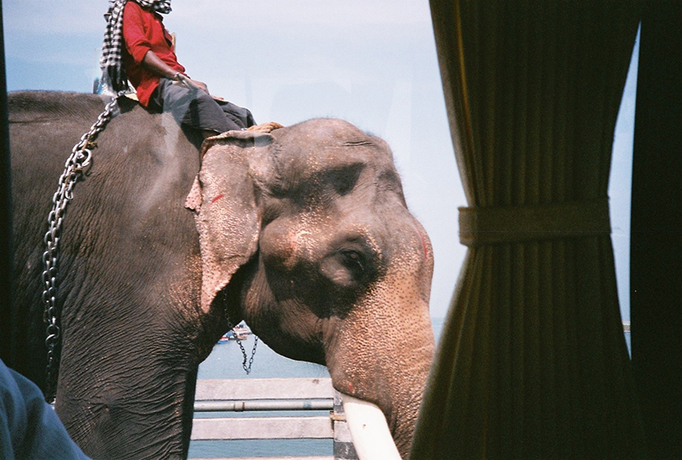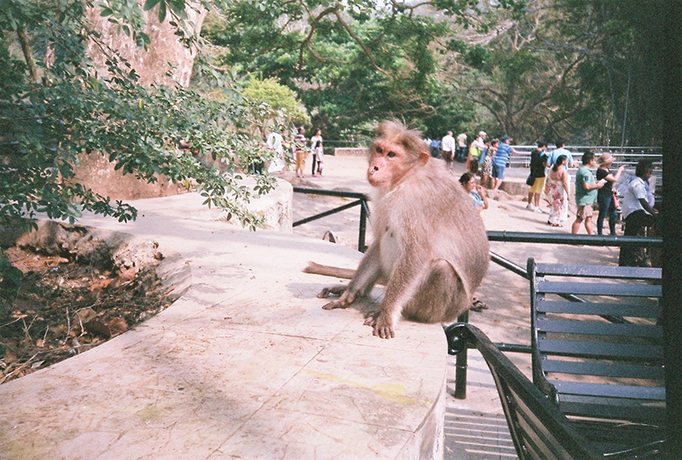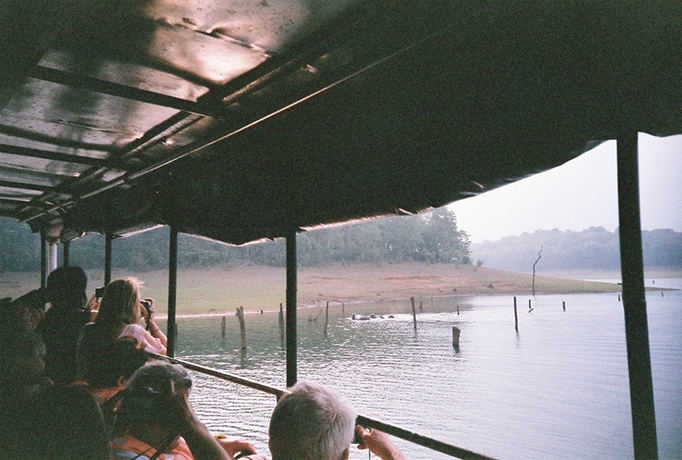Strange and Familiar
Strange and Familiar at the Barbican, London showcases images of Britain curated by the photographer Martin Parr, where he examines how 23 international photographers from the 1930s to the present day have captured the social and cultural aspects of “Britishness”.
“To see ourselves as others have seen us” is the idea Martin Parr envisions for the exhibition. One of the photographers included in the exhibition is Japanese Akihiko Okamura, who’s series in Northern Ireland shows the trauma and everyday life on the streets of Belfast and Londonderry during 1970.


We also see the effects of the Thatcher era in Raymond Depardon’s series on Glasgow. Depardon’s essay on Glasgow is probably the most bleak and shocking of the exhibition showing extreme poverty and the dramatic decline of a once thriving city. Depardon’s use vivid colour in the series highlights the gloom of the city. The images where originally commissioned for a magazine but where deemed to “bleak”, as a result the images have not been published for 36 years.



In contrast to Raymond Depardon subject matter in Glasgow. The upper classes pose in their comfortable and colourful surroundings for American photographer Tina Barney. The exhibition closes with highly detailed and unnerving portraits by Bruce Gilden.

















